Cigar Review: Drew Estate x Caldwell All Out Kings Smash
12 Apr 2017
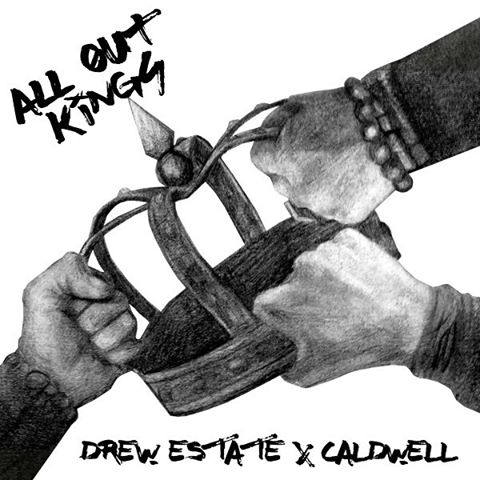
All Out Kings has been an extraordinarily anticipated cigar since the initial announcement last year. A collaboration between Caldwell Cigar Co. and Drew Estate, the line began shipping only recently.
 Here’s how the blend is described on the website set up for the line: “All Out Kings debuts with tobaccos from La Gran Fabrica Drew Estate in EstelÃ, Nicaragua, including Connecticut stalk-cut and sun-cured Habano wrapper with an Indonesian Sumatra binder and filler comprised of Jalapa Viso, Estelà Viso, Dominican C-98 Seco, and Connecticut Broadleaf Ligero.†Originally, production was planned to take place at the Joya de Nicaragua factory, but ultimately the blend was rolled at La Gran Fabrica Drew Estate.
Here’s how the blend is described on the website set up for the line: “All Out Kings debuts with tobaccos from La Gran Fabrica Drew Estate in EstelÃ, Nicaragua, including Connecticut stalk-cut and sun-cured Habano wrapper with an Indonesian Sumatra binder and filler comprised of Jalapa Viso, Estelà Viso, Dominican C-98 Seco, and Connecticut Broadleaf Ligero.†Originally, production was planned to take place at the Joya de Nicaragua factory, but ultimately the blend was rolled at La Gran Fabrica Drew Estate.
Sounds intriguing, doesn’t it?
I thought so before I tried one. But the flavors from this smoke just didn’t line up with what I enjoy in a cigar.
First, there was what I can describe only as a dirty taste that I’m guessing comes from the stalk-cut wrapper, a procedure which can produce heavily earthy notes. Then there was the sharp, back-of-the-throat bite that was particularly intense in the first inch or so and came back in the final third.
Much of the cigar—I smoked three of the robusto-sized Smash (5 x 52), for which I paid $69 for a five-pack—exhibited what I’ve come to think of as a campfire taste with some astringency along the way.
On the other hand, the cigar is an extraordinary performer. The draw and smoke production in all those I smoked were excellent, while the burn was razor sharp. The white ash held on tightly throughout.
I can’t imagine this cigar will engender many middle-of-the-road reactions. If it suits your palate, you’ll likely be a big fan; if not, your reaction will probably be similar to mine. And the only way to find out where you fall on the scale is to try one.
All Out Kings comes in four vitolas. The other three are Gimme Your Lunch Money (5.75 x 46), Foreverlast (6.5 x 54), and The Fourth Pose (6 x 54). All are available in 20-count boxes.
For me, this is a tough cigar to rate. All Out Kings is obviously not a bad cigar. It just doesn’t appeal to me. which is why I give it three stogies out of five.

[To read more StogieGuys.com cigar reviews, please click here.]
–George E
photo credit: Caldwell/Stogie Guys

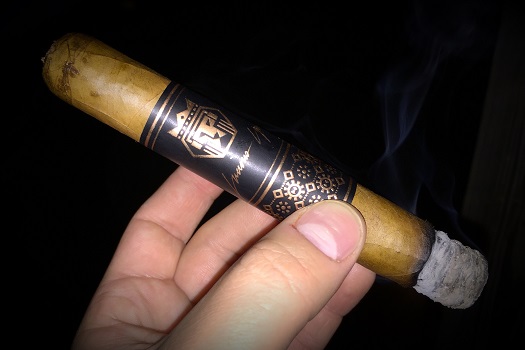
 Lucious Lyon is inspired by the FOX television program Empire. I’ve never seen the show, so, employing my crack research skills, I will rely on the following
Lucious Lyon is inspired by the FOX television program Empire. I’ve never seen the show, so, employing my crack research skills, I will rely on the following 

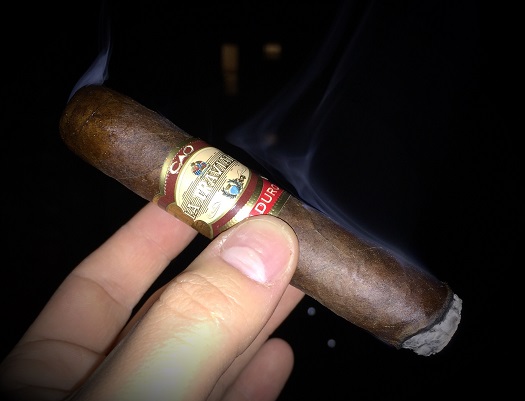
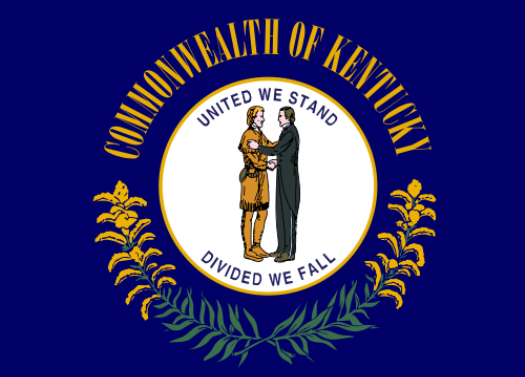
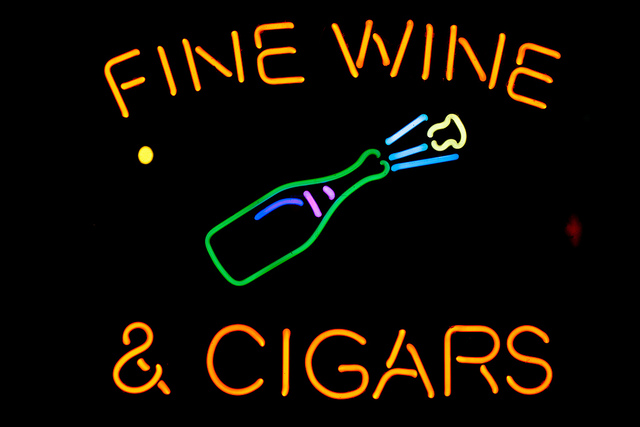
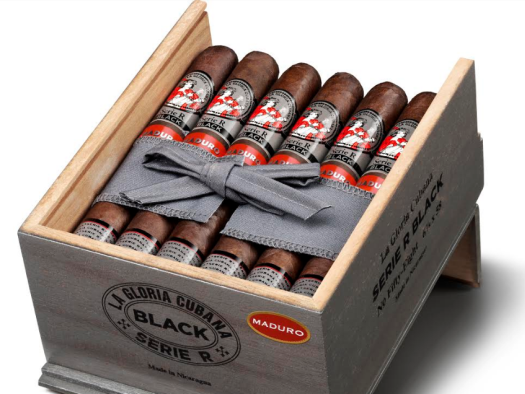
 Back then, the natural Serie R, with filler from Nicaragua and the Dominican Republic, was among the more powerful sticks on the market, as well as a progenitor of the large ring gauge craze.
Back then, the natural Serie R, with filler from Nicaragua and the Dominican Republic, was among the more powerful sticks on the market, as well as a progenitor of the large ring gauge craze.
 Patrick Ashby
Co-Founder & Editor in Chief
Patrick Ashby
Co-Founder & Editor in Chief Patrick Semmens
Co-Founder & Publisher
Patrick Semmens
Co-Founder & Publisher George Edmonson
Tampa Bureau Chief
George Edmonson
Tampa Bureau Chief